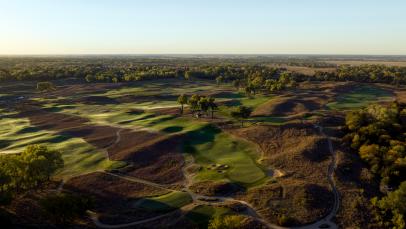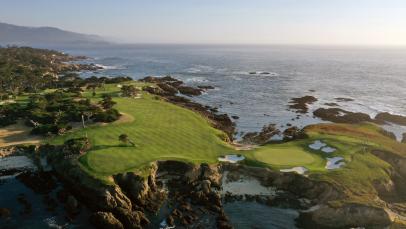Compelling Courses
15 courses we’d love to see host a future match-play event
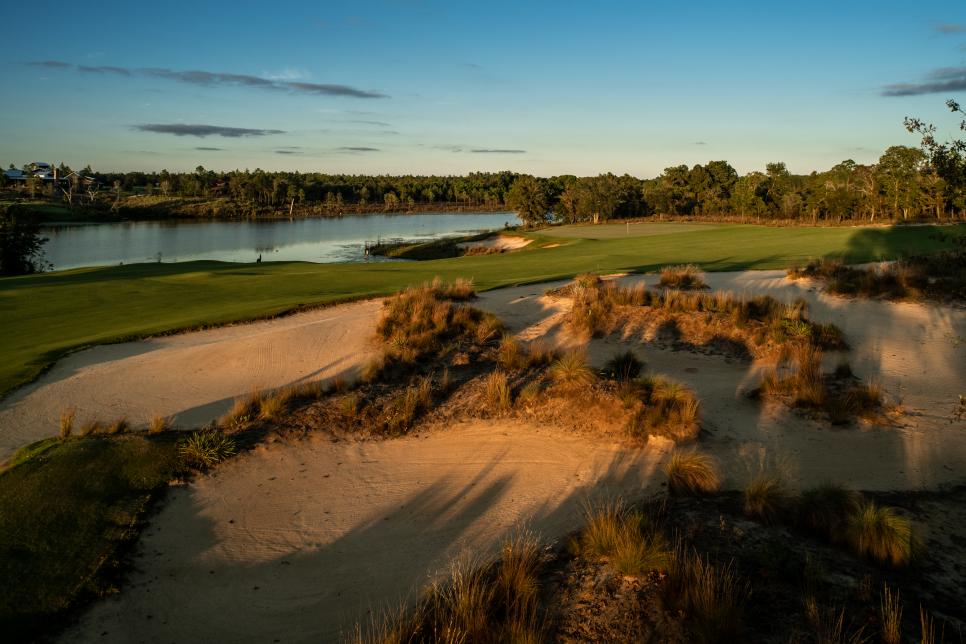
The future of the PGA Tour’s only match-play tournament is a hot topic this week with the WGC-Match Play at Austin Country Club absent from the schedule starting in 2024. Though mixed reviews from players and sponsors threaten the existence of the format on tour, many golf fans are hopeful that the refreshing change of pace is something we don’t lose long term.
Where should the tour take the match-play tournament next? There are many worthy candidates, but we’ve narrowed it down to 15 venues that lend themselves to the format and deserve a regular tour stop. Sure, some of these are ambitious, but an exclusive course rarely seen on TV would reinvigorate an event that has battled an identity crisis in recent years.
Ohoopee Match Club
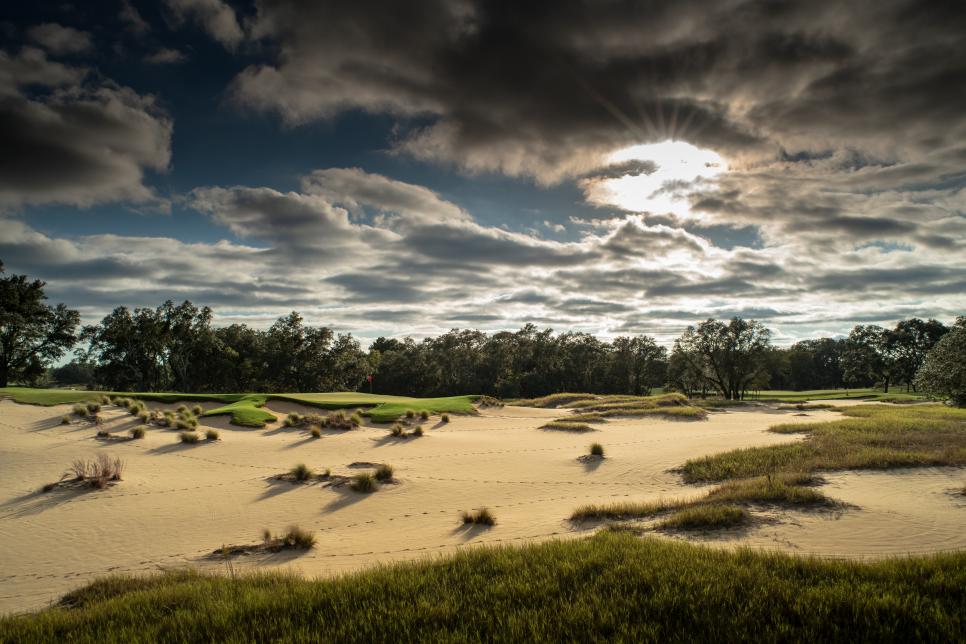
Dom Furore
We’re not sure how tour players would react to the unconventional nature of this built-for-match-play venue. But we’d love to see it. Three holes are listed on the scorecard, perhaps whimsically, as par 4 ½s instead of par 5s, and members and their guests can play different 18-hole routings across this 22-hole design. Of course, the club is super private, and we’re not sure they’d be game to host a tour event … but hey, Congaree Golf Club hosts a tour event, and they’re just as private.
From Golf Digest Architecture Editor emeritus Ron Whitten:
I’ve been told Gil Hanse had first examined the site of Ohoopee Match Club as far back as 2006 considered it ideal for golf: gently rolling terrain with no severe elevation changes, and beautiful sandy soil deposited by the nearby Ohoopee River, perfect for drainage and firm, fast conditions.
The ground around tiny Cobbtown, Ga., is also perfect for growing onions—it’s just northeast of Vidalia, world-famous for the Vidalia onion. Indeed, Ohoopee’s logo is a freshly picked onion, although if you look closely, its roots are three writhing snakes.
Any symbolism pertaining to match play is uncertain; perhaps it simply suggests the sort of putts one will face. What’s the composition of a course meant for match play? One might think it would contain lots of penal hazards, because a triple bogey on any particular hole would not be fatal in match play.
Perhaps the targets would be smaller than normal, to level the playing field between big hitters and short-but-accurate golfers. That’s not the composition of the 7,325-yard championship course at Ohoopee. Hanse did produce dramatic visuals in this sandy locale that hark back to portions of Pinehurst and Pine Valley, from long expanses of sandy rough dotted with native plants to deep, foreboding pits of sand, but they’re mostly on the far perimeter of holes.
Bandon Dunes
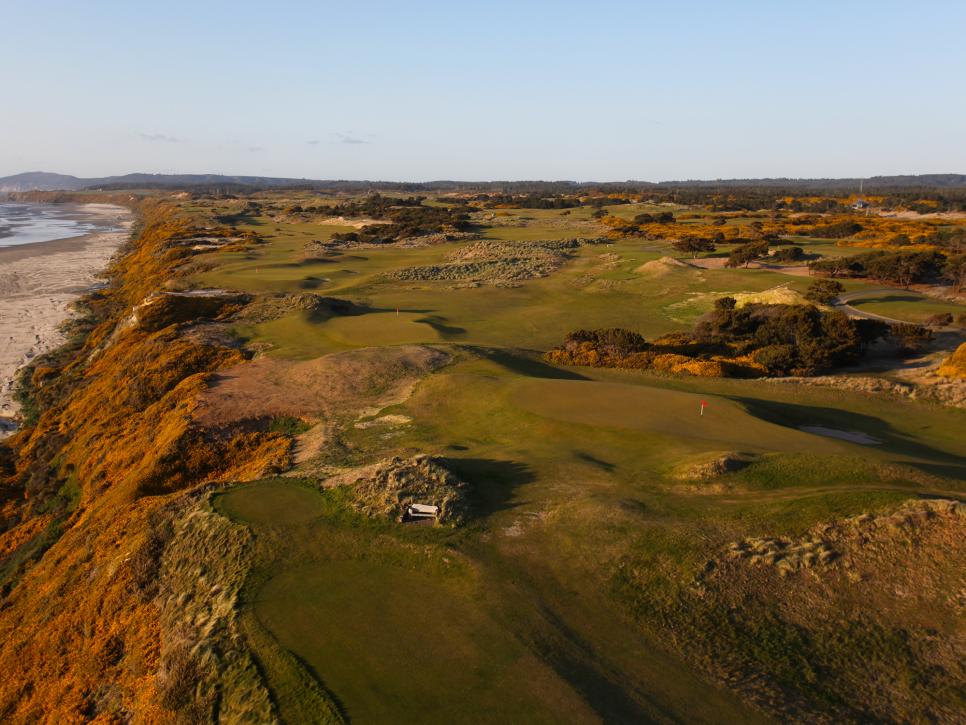
Stephen Szurlej
Though the beloved six-course resort along the rugged Oregon coast has hosted numerous USGA championships, we concede it would be a bit of a logistical challenge to host a top tour event. That said, if we approach a match-play tournament at Bandon as a made-for-TV spectacle rather than one with thousands of fans lining the fairways, the intrigue becomes clear. The format and course combinations to be used are endless. Mix it up. Perhaps three rounds of stroke-play qualifying on Bandon Dunes, Pacific Dunes and Bandon Trails. Hell, we’ve got a tie for the last match-play spots? Head over to the Preserve, a wild par-3 test typically reserved for sunset booze matches among the common folk.
We’re torn on which course takes the match play honors, but the drivable 16th hugging the coast at Bandon Dunes might tip the scale in the original layout’s favor. The PGA Tour Match Play isn’t supposed to be like any other week, and sending it out to Bandon and getting creative with the format would reenergize the tournament and showcase arguably the best golf resort in the country.
Inverness Club

Andy Johnson/The Fried Egg
An old-school Donald Ross design that can tip out at 7,700 yards, Inverness provides a compelling modern test on a historic layout that was restored by Andrew Green ahead of the 2019 U.S. Junior Amateur. Studying Ross’ original drawings and early photography, Green repositioned some putting surfaces, reworked bunkers and added three new holes which replaced ones designed by George and Tom Fazio in the 1970s. The result is a design that better reflects Ross’ vision and makes creative use of the unique topography, with humps and hollows creating plenty of interesting shots. The course has hosted four U.S. Opens (the last in 1979) and most recently held the 2021 Solheim Cup, which proved the layout’s match-play merits and saw impressive fan turnout north of 100,000 people.
Trinity Forest G.C.
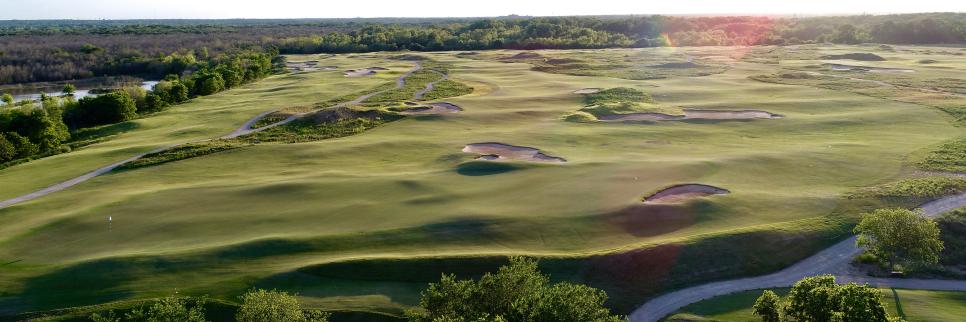
One of golf’s great modern courses with a ton of width, options and strategic architecture can be found at Coore and Crenshaw’s Trinity Forest. It had a brief stint of hosting the AT&T Byron Nelson, but extremely hot weather in Dallas in May and a lack of sufficient infrastructure doomed the event. Perhaps a better time of year, and an event requiring a smaller footprint is the right combination to bring Trinity Forest back to the PGA Tour.

Medinah #3

Stephen Szurlej
A highly anticipated renovation by Geoff Ogilvy and his design partners Michael Cocking and Ashley Mead is expected to return the venerable Chicago design to being one of our nation’s great championship tests. The work will include three entirely new holes and the reinstitution of more angles and options with fewer trees to better challenge decision-making, which would once again make it a great match-play layout, as it was for the 2012 Ryder Cup. The former major venue is slated to host the 2026 Presidents Cup, so it’s already under the PGA Tour umbrella.
Whistling Straits (Straits)
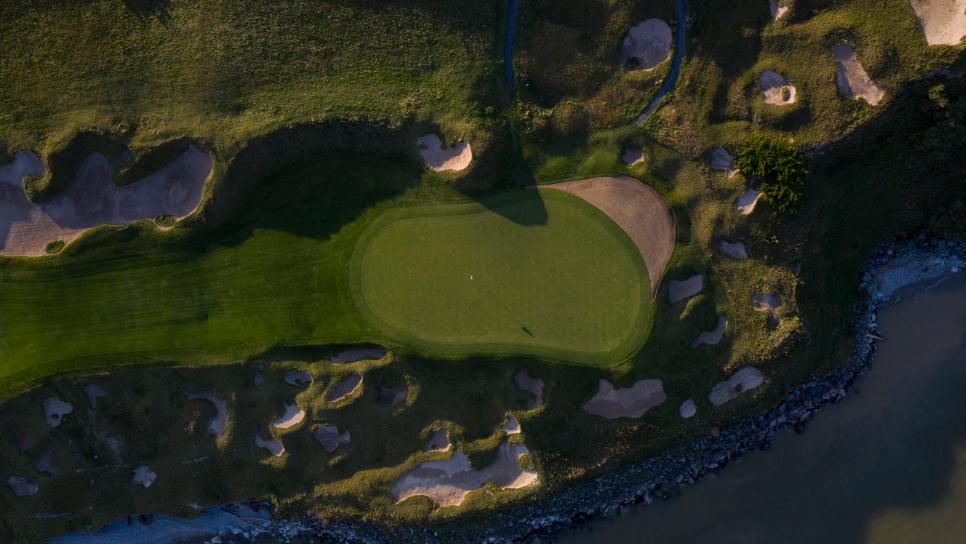
Carlos Amoedo
Pete Dye’s bold, in-your-face design philosophy lends itself to the risks and rewards of match play, especially at Whistling Straits, as shown with the entertaining—if uncompetitive—2021 Ryder Cup. Remember that insane Jordan Spieth hacking flop shot from 12-feet below the green at the par-3 17th? It’s these recoveries that the Straits course—with its dramatic fall-offs and rugged bunkering—allows for, especially when players take on a little more trouble than they ordinarily would in stroke play.
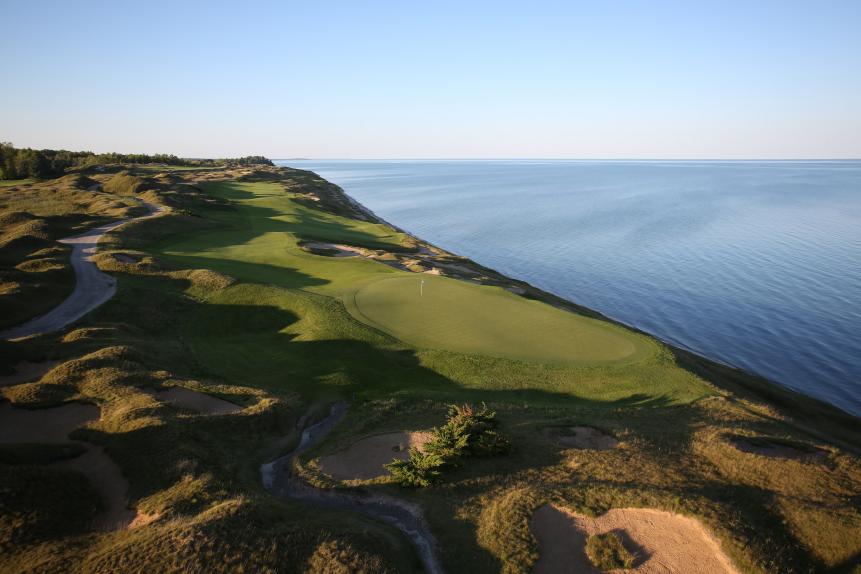
Pinehurst No. 2
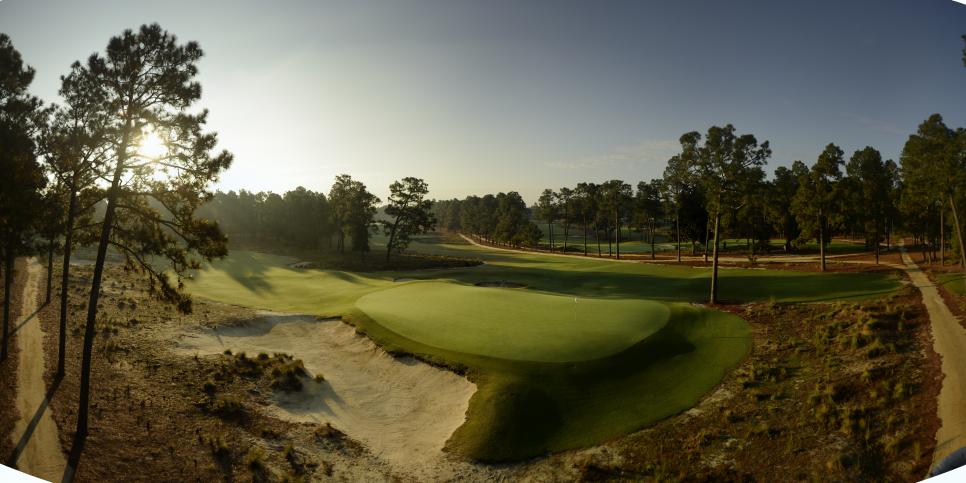
Dom Furore
The Sandhills of North Carolina is one of the most popular golf regions in the country and is deserving of a regular tour stop. Sure, Pinehurst’s famed No. 2 is set to host five U.S. Opens over the next quarter-century—including in 2024—but we’re greedy and want to see the world’s best navigate the diabolical tabletop greens on a regular basis. A strong match-play course presents plenty of risk-reward opportunities, and while No. 2 is pretty straightforward off the tee, pins tucked toward the edges of greens will require precise approach play to avoid testy chips.
We’d love to see an LPGA match-play event contested the same week on the Gil Hanse revamped No. 4 course. With fans being able to move from one course to the other, it would be a great opportunity to showcase both tours and arguably the two best Sandhills courses. Remember way back in 2014, No. 2 successfully hosted the U.S. Open and U.S. Women’s Open in back-to-back weeks, so they’ll have a head start on logistics.
Eugene C.C.
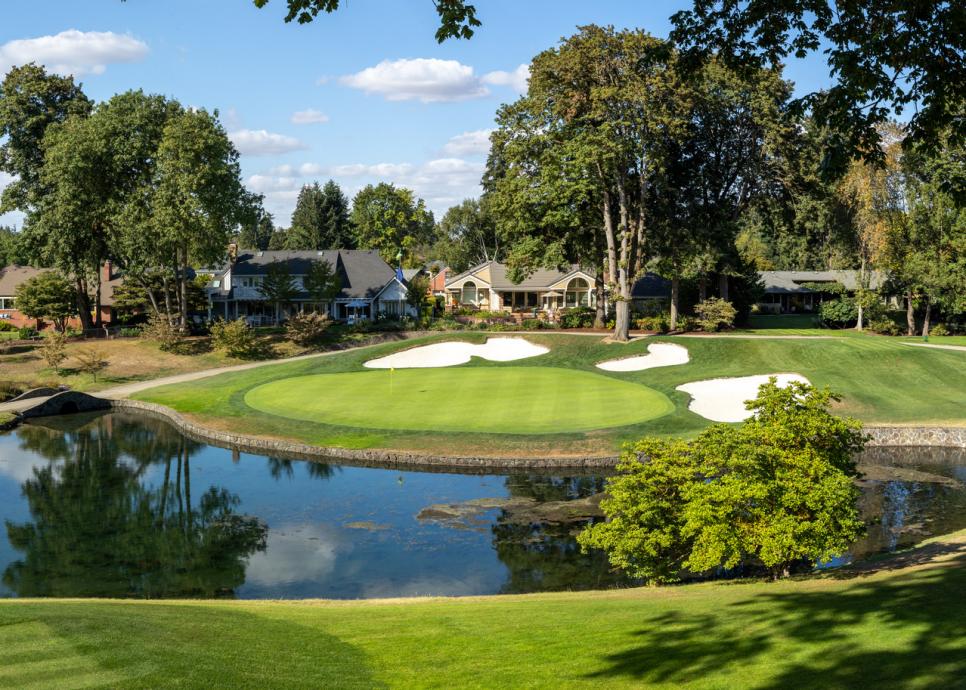
John Giustina
Oregon Duck Aaron Wise won the 2016 NCAA individual title at his home course, before Longhorn Scottie Scheffler beat him in the finals of the team championship, so we’re betting those guys won’t take issue with this idea. Oregon won that week, in what was a wild finish with the raucous home crowd, and overall, the course was praised for providing a fair and challenging test. A 2021 renovation made the course more thought-provoking through the shifting of tees, remodeling of bunkers, the expansion of greens that bring more hole locations into play and a renewed emphasis on using the unique ground contours and swales as more strategically influential factors. The towering Douglas fir trees still frame each hole and influence much of a golfer's strategy from tee to green.
PGA National Resort: Champion
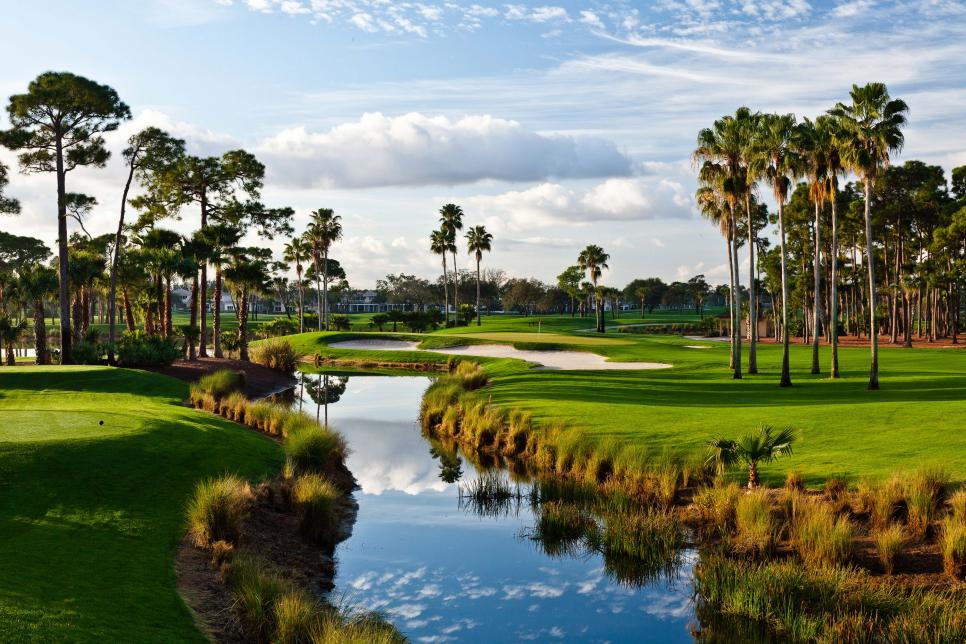
PGA National Resort
Speaking of lost events on the schedule, the Honda Classic was likely contested at PGA National for a final time this year. If another stroke-play event doesn’t return to the Champion course, we’d love to see a return to match play at PGA National, site of the 1983 Ryder Cup. The layout would make for compelling matches in modern times–with the cliche but challenging Bear Trap providing some tough pars while also offering birdie holes at the start and middle of the routing. It's worth noting the resort has a new Match course, too, which might not work strategically but could make for some fun playoff solutions.

Scottsdale National

The 18th hole at The Other Course at Scottsdale National.
Joann Dost/Courtesy of Scottsdale National
Former Fazio associates Tim Jackson and David Kahn devised a fun routing with three par 5s, three par 4s and three par 3s on each nine—a perfect setup for match play. A ton of width and variety offers options off the tee, but precision is required into these undulating green complexes at the very private club owned by PXG founder Bob Parsons. To really spice things up: The tour could add a few holes (maybe for playoff purposes) on the bastardly Bad Little Nine.
The Lido

One of the most highly anticipated course openings of the modern era, The Lido will have course aficionados clamoring to play the recreation of the world-renowned Long Island course built by C.B Macdonald. And what a thrill it would be to watch the world’s best tackle this strategic test. Tom Doak recreated every hump and bump from the legendary links by studying old imagery and capturing it in 3-D thanks to golf historian Peter Flory. Bringing a tour event here would shine the light on everything that makes course design such a fascinating pursuit and to Sand Valley, a destination helping to put Wisconsin at the top of any enthusiast’s bucket list.
Hamilton Farm G.C. (Highlands)

Dana Fry
With the longtime FedEx Cup Playoff event leaving the NYC-metro area, we’d like to see a regular tour stop return to this golf-hungry market. Hamilton Farm, about 50 miles west of Manhattan, might be unknown to some, but the Dana Fry- and Michael Hurdzan-designed Highlands course hosted the LPGA Tour’s match-play event from 2010-’12. A 2022 renovation removed hundreds of trees to better show off the hilly 730-acre property, which would make a great test for the world’s best.
Shadow Creek
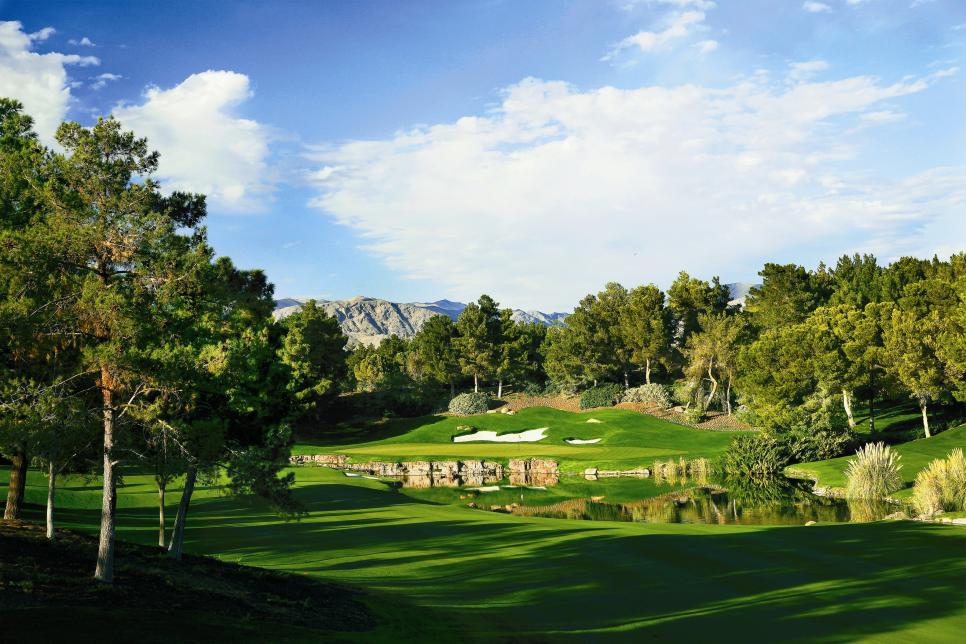
Courtesy of Shadow Creek GC
Shadow Creek has hosted a few big-time match-play events recently—hosting the first edition of The Match between Tiger Woods and Phil Mickelson for that massive $9 million payday. The LPGA Tour also visits the jaw-dropping Tom Fazio design for its only match-play event. It’s a course that settles big-money wagers on a daily basis for the high-rollers of Vegas, with a great risk-reward par-5 16th, the picturesque par-3 17th and another par-5 finisher—so it’d be a proper host of a PGA Tour event, too, like it did in 2021 for the CJ Cup.
We’ve given our realistic hopes for where the tour could send its match-play event, now indulge us in a little wishful thinking.
Cypress Point
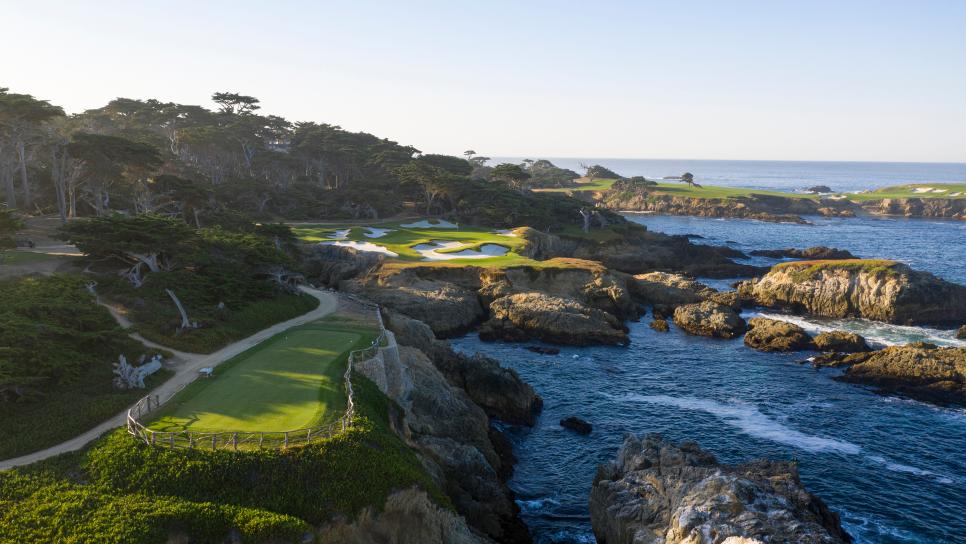
Carlos Amoedo
Is the iconic Alister MacKenzie coastal California layout long enough to host a tour event? Probably not. The course doesn’t sniff 7,000 yards, but in match play, does it really matter how deep the pros are taking it? (For the record, the current match-play host, Austin Country Club, plays only 7,100 yards at its longest and surrenders birdies by the dozen.) And it’s not like Cypress Point is without challenge. Here’s how our architecture emeritus, Ron Whitten, defends the course to naysayers who argue distance gains have rendered it defenseless.
“Certainly one way to play Cypress is the full-bore, take-dead-aim, grip-it-and-rip-it, bomb-and-gouge approach. But it’s also a course where finesse still matters, where course management is still rewarded. Yes, long bombers can go low at Cypress Point these days, but so can short-hitting, thoughtful players, who much like sailors in a storm tack their way around bunkers, trees, dunes and ocean coves. And when the winds come up, as they often do at Cypress, it’s the latter approach that’s likely to be more successful.”
A match-play event is our best (and only) chance to see the top players compete on one of our nation’s greatest courses, and though the exclusive private club might object to such exposure, it would help give the event the unique allure it needs to justify its place on the tour schedule. Wind blowing, sun setting, match on the line heading to the 233-yard par-3 16th, perhaps the most famous hole in golf? Decent TV.
National Golf Links of America
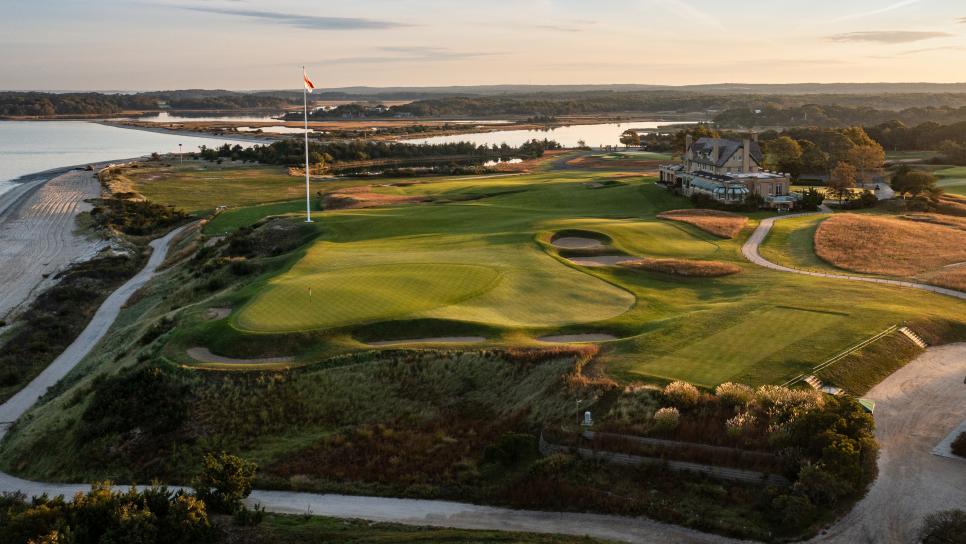
Carlos Amoedo
Another improbable, though not unrealistic proposal would be to send the PGA Tour Match Play to eastern Long Island and one of the nation’s most historic layouts. C.B. Macdonald set out to build a course that would not just take inspiration from the great courses of the U.K. and Europe but rival them. The result is a group of template holes—Road Hole, Eden, Redan and Sahara among them—that prove comparable, if not superior to their Old World originals. Though the course, tipping out just over 6,900 yards, is not long enough by tour standards, it did hold up in hosting the 2013 Walker Cup. Throw in the coastal breeze on this exposed links, and we’re confident it would provide a strong match-play test.
In the below video, world renowned golf architect Gil Hanse takes a closer look at National Golf Links of America:
Every Hole At National Golf Links
Using riveting flyover footage, Gil Hanse goes hole-by-hole of perhaps the most influential course in American golf architecture,
